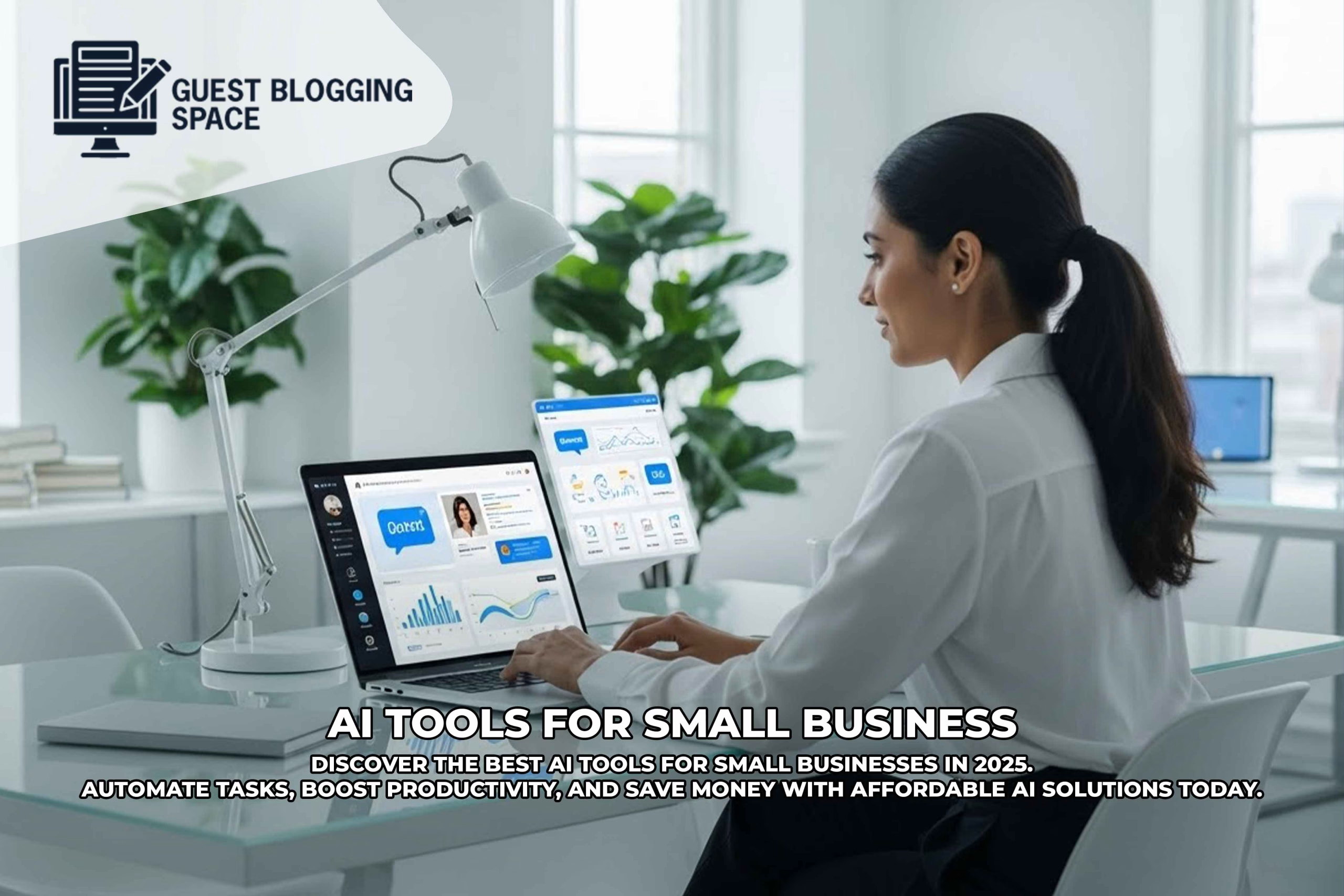How Online Learning Has Revolutionized Education

Read on Guest Blogging Space how the advent of online learning has profoundly reshaped education, breaking down barriers and creating opportunities for millions of people around the world. What was once confined to classrooms is now accessible through the screens of laptops and smartphones, opening up wider access and new possibilities for learners. This revolutionary change in education has transformed the way knowledge is delivered, consumed and applied.
Let’s explore the many ways of How Online Learning Has Revolutionized Education
You can also read more about Education
1. Breaking Barriers: Global Accessibility
One of the most notable impacts of online learning is its ability to provide access to education for people in all corners of the world. Students who once faced challenges such as remote locations, financial constraints, or lack of quality institutions now have the opportunity to learn from top educators without leaving their homes.
Key Benefits:
- Reach Remote Areas: Students in rural or underserved communities can access quality education through online platforms.
- Crossing Borders: Programs from international universities, such as Harvard or Oxford, are now available to learners worldwide.
- Flexible Schedules: Online courses enable students to learn at their own pace, making education more inclusive for working professionals or parents.
Platforms like edX and Coursera have democratized education, offering world-class courses to anyone with an internet connection.
2. Personalized Learning for Every Student
Unlike traditional classrooms, where one size fits all, online learning allows for personalized education experiences. Adaptive technologies are being used to tailor the content, pace, and delivery style based on a learner’s preferences and progress.
Features of Personalized Learning:
- Adaptive Platforms: Systems like Duolingo modify lessons based on user performance, ensuring comprehension before moving forward.
- Choice of Format: Videos, podcasts, written materials, and interactive quizzes cater to different learning preferences.
- Self-Paced Progress: Learners can revisit challenging topics and move quickly through familiar ones.
This individualized approach not only enhances understanding but also keeps learners engaged throughout their journey.
3. Making Education Affordable
Traditional education can be expensive, with tuition fees, travel costs, and accommodation expenses adding up. Online learning removes many of these barriers, offering an affordable alternative without compromising quality.
Cost Advantages:
- Lower Tuition Fees: Many online programs are significantly cheaper than on-campus options.
- No Commute Costs: Students save time and money by studying from home.
- Free Resources: Many platforms provide free courses and learning materials to make education accessible to all.
With initiatives like Open Educational Resources (OER), free access to high-quality academic content is becoming a reality for learners worldwide.
4. Skill Development for the Digital Era
The shift to online learning has also equipped students with essential digital skills, preparing them for success in the modern workforce. From mastering online communication tools to participating in virtual teamwork, online education fosters skills beyond academic knowledge.
Skills Gained:
- Digital Literacy: Using platforms like Zoom, Google Workspace, and project management tools.
- Time Management: Balancing online classes with personal responsibilities encourages discipline.
- Remote Collaboration: Online group projects teach teamwork in virtual environments.
These transferable skills give learners a competitive edge in an increasingly digitized job market.
5. Encouraging Lifelong Learning
With online platforms, education is no longer limited to specific stages of life. Professionals can upskill, hobbyists can explore new interests, and retirees can pursue lifelong passions. Online learning makes it possible for anyone, at any stage, to keep learning.
Examples:
- Upskilling Opportunities: Platforms like LinkedIn Learning offer career-focused courses to improve employability.
- Personal Growth: Apps like MasterClass allow learners to study creative arts, cooking, and leadership directly from experts.
- Certifications: Many programs provide industry-recognized certifications, boosting career prospects.
This flexibility ensures that education is an ongoing journey rather than a one-time pursuit.
6. Challenges in Online Learning
While online learning offers numerous advantages, it also presents challenges that need to be addressed to maximize its potential.
Common Issues:
- Digital Divide: Not everyone has access to reliable internet or modern devices.
- Lack of Social Interaction: Some learners miss the face-to-face interaction of traditional classrooms.
- Self-Motivation: Without in-person accountability, staying disciplined can be difficult.
Solutions:
Educational institutions and governments must work together to improve internet infrastructure, provide affordable devices, and integrate hybrid models to combine online flexibility with in-person engagement.
Final Thoughts
Online learning has revolutionized education by making it more accessible, affordable, and personalized. It’s breaking down barriers, equipping learners with future-ready skills, and fostering a culture of continuous self-improvement. While challenges remain, the potential of online education to transform lives is undeniable.
As technology continues to evolve, online learning will become an even more integral part of the education ecosystem. Whether you’re a student seeking knowledge, a professional looking to upskill, or a lifelong learner pursuing a passion, the world of online education has something for everyone.









